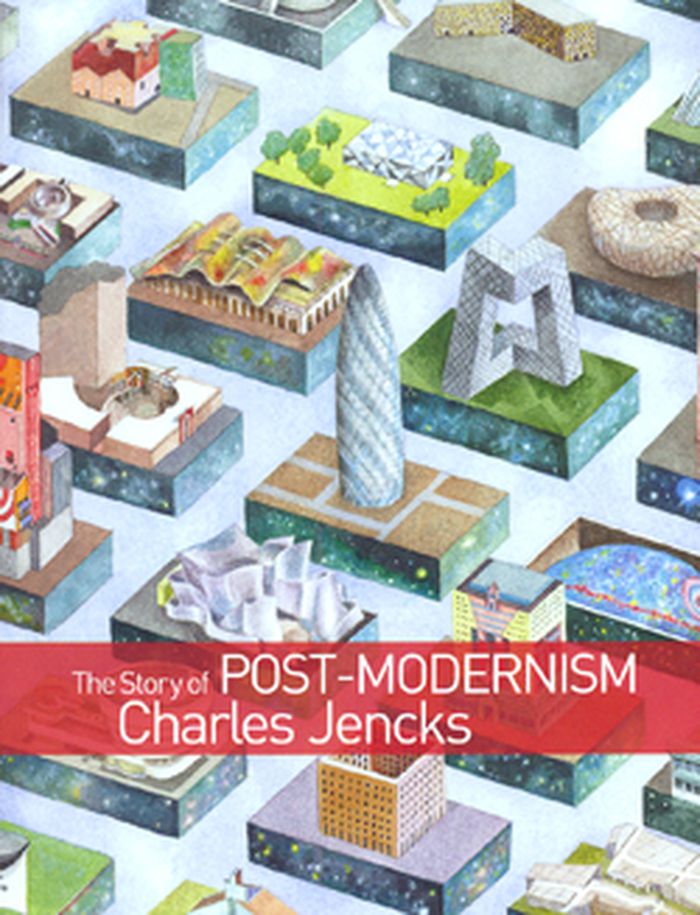$39.95
(disponible sur commande)
Résumé:
Charles Jencks and Nathan Silver's book was a manifesto for a generation that took pleasure in doing things ad hoc, using materials at hand to solve real-world problems. The implications were subversive. Turned-off citizens of the 1970s immediately adopted the book as a DIY guide. The word "adhocism" entered the vocabulary, the concept of adhocism became part of the(...)
Adhocism: the case for improvisation
Actions:
Prix:
$39.95
(disponible sur commande)
Résumé:
Charles Jencks and Nathan Silver's book was a manifesto for a generation that took pleasure in doing things ad hoc, using materials at hand to solve real-world problems. The implications were subversive. Turned-off citizens of the 1970s immediately adopted the book as a DIY guide. The word "adhocism" entered the vocabulary, the concept of adhocism became part of the designer's toolkit, and "Adhocism" became a cult classic. Now "Adhocism" is available again, with new texts by Jencks and Silver reflecting on the past forty years of adhocism and new illustrations demonstrating adhocism's continuing relevance.
Théorie de l’architecture
The story of post-modernism
$44.00
(disponible sur commande)
Résumé:
In The Story of Post-Modernism , Charles Jencks, the authority on Post-Modern architecture and culture, provides the defining account of Post-Modern architecture from its earliest roots in the early 60s to the present day. By breaking the narrative into seven distinct chapters, which are both chronological and overlapping, Jencks charts the ebb and flow of the movement,(...)
The story of post-modernism
Actions:
Prix:
$44.00
(disponible sur commande)
Résumé:
In The Story of Post-Modernism , Charles Jencks, the authority on Post-Modern architecture and culture, provides the defining account of Post-Modern architecture from its earliest roots in the early 60s to the present day. By breaking the narrative into seven distinct chapters, which are both chronological and overlapping, Jencks charts the ebb and flow of the movement, the peaks and troughs of different ideas and themes. The book is highly visual. As well as providing a chronological account of the movement, each chapter also has a special feature on the major works of a given period.The first up-to-date narrative of Post-Modern Architecture - other major books on the subject were written 20 years ago.An accessible narrative that will appeal to students who are new to the subject, as well as those who can remember its heyday in the 70s and 80s.
Post-modernisme

